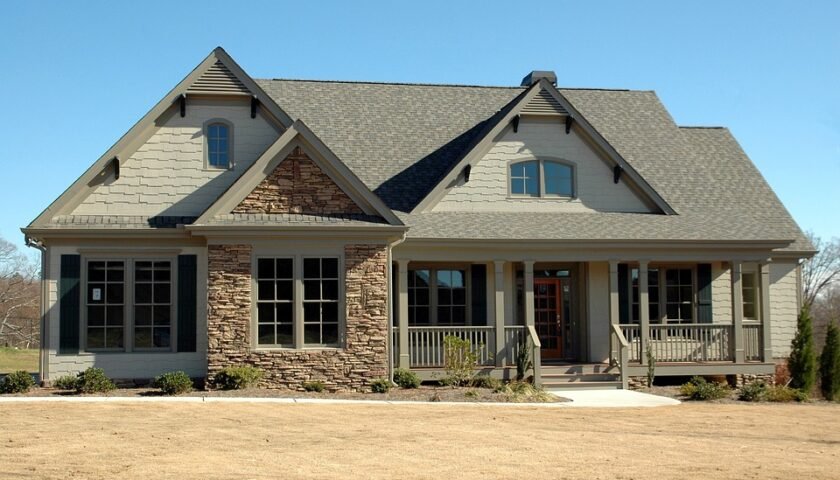[ad_1]
The connection between interest rates and property prices is often misunderstood. Many people assume that when interest rates rise, property prices must fall, and when interest rates fall, property prices must rise. However, the relationship between interest rates and property prices is far more complex.
Interest rates play a significant role in the real estate market, as they determine the cost of borrowing money. When interest rates decrease, it becomes cheaper for individuals and businesses to take out loans, including home mortgages. This leads to an increase in demand for properties as more people are able to afford a home loan. The increased demand puts upward pressure on property prices, causing them to rise.
Conversely, when interest rates rise, borrowing becomes more expensive, and as a result, fewer people are able to afford a mortgage. This decrease in demand can lead to a slowdown in the property market, causing property prices to stabilize or even decline.
While the relationship between interest rates and property prices seems straightforward, there are other factors at play that can influence property prices. For example, economic conditions, supply and demand dynamics, and government policies can all impact property prices and potentially override the effects of interest rates.
Economic conditions, such as GDP growth, inflation, and employment rates, play a crucial role in the real estate market. When the economy is thriving, people have more confidence in making big-ticket purchases like houses, leading to an increase in property prices. On the other hand, during economic downturns or recessions, property prices may decline due to reduced buyer demand and financial constraints.
Supply and demand dynamics are also significant drivers of property prices. If there is a shortage of available properties and high demand, prices are likely to increase even if interest rates are rising. Conversely, if there is an oversupply of properties, prices may decline or stabilize despite low interest rates.
Government policies, such as tax incentives, subsidies, or regulations, can also influence property prices. For instance, first-time homebuyer programs or tax credits can stimulate demand and drive up prices, even in a rising interest rate environment. On the other hand, tightening lending standards or increasing property taxes can reduce affordability and suppress property prices, even with low interest rates.
Therefore, it is essential to consider all these factors comprehensively and not rely solely on interest rates when analyzing how they influence property prices. While interest rates do play a significant role, their impact can be mitigated or amplified by other economic, supply and demand, and policy-related factors.
In summary, the relationship between interest rates and property prices is multi-faceted. While lower interest rates generally lead to increased demand and higher property prices, other factors such as economic conditions, supply and demand dynamics, and government policies also influence property prices. Therefore, it is crucial to consider the broader context when trying to understand the connection between interest rates and property prices and make informed decisions in the real estate market.
[ad_2]




